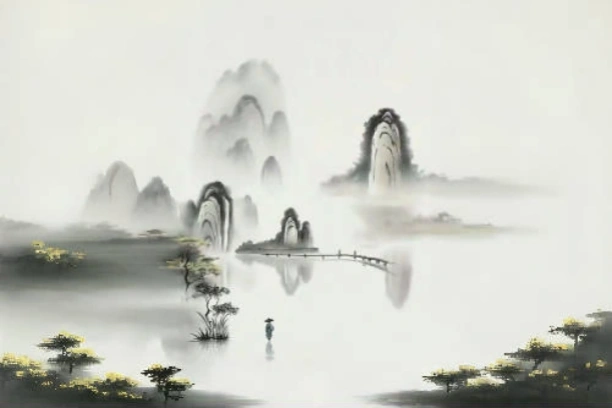
The door of Ch’an is entered by Wu. When we meditate on Wu we ask “What is Wu?” On entering Wu, we experience emptiness; we are not aware of existence, either ours or the world’s.
E-MAIL: admin@relaxmid.com

This version of the Ten Ox Herding Pictures, which illustrates the different states of mind at different levels of practice, was created by a Ch’an master during the Sung dynasty, but the idea of looking for the ox dates back to the T’ang dynasty. At that time there was a monk who was in charge of stoking fires for the cooking pots down below the kitchen of a monastery. One day a famous Ch’an master observed him at his work and asked, “What are you doing?”
The monk said, “I’m watching the ox.”
The master asked him, “In what way are you watching the ox?”
The monk replied, “Every time the ox tries to wander off to eat grass, I rein it in and put it back to work.” In other words, every time his mind wandered, the monk pulled it back to the job or method.
It’s normal for an ox to eat grass sometimes. In fact, it’s necessary for survival. But in this story, the ox is eating grass when it should be working. The ox herder yokes the ox with a rope and stick; practitioners yoke their wandering minds with methods of practice.
Training an ox requires great patience. If your ox wanders off to eat grass, what should you do? Should you kill it? No, you patiently pull it back to its work, as often as necessary. You should never get upset with yourself if your mind wanders off the method, or if you’re not practicing properly. Just catch yourself, and be aware of the digression. This very awareness is proper practice. This is watching the ox. Training the mind is like training a wild ox, only harder.
PREVIOUS: Preface | Ox Herding at Morgan’s Bay
NEXT: The First Picture | Ox Herding at Morgan’s Bay
